By Kamil J. Mizgier
The current unprecedented socio-economic crisis is a classic example of a crisis triggered by a systemic event – a type of event leading to the collapse of an entire system.
In fact, a pandemic has been one of the top five global risks according to the WEF Global Risks Reports in 2007, 2008 and in 2015. Interestingly, in the 2007 Global Risk Report a scenario was envisaged in which only total co-operation between the United States and China could lead to a mitigation of the pandemic risk.
Furthermore, it explored the impacts on business, the financial system and political and economic conditions that could follow from the pandemic. In particular was the role of “infodemics”, that is the role that fake news play in the spread of information. The scenario is so realistic that it is hard to believe that the world was not prepared for what we currently see unfolding.
The Origin of Economic Supply Chain Risk Capital Dependencies
Put simply, what we witness today is a perfect storm. Due to the country-wide lockdowns, many factories have been shut down and demand is slumping.
As a result, the Japanese car manufacturer Toyota is according to Reuters seeking a line of credit of 1 trillion yen (US$9 billion) from Sumitomo Mitsui Banking Corp. and MUFG Bank Ltd. Similarly, Nissan had reportedly asked for a US$4.6 billion credit line from undisclosed lenders. Fiat Chrysler was impacted earlier than other automakers as COVID-19 spread globally from China. The company has many factories in Europe, particularly in Italy that had to shut down due to the pandemic. Now it has established a new credit facility of about US$3.8 billion.
These credit extensions, due to supply chain disruptions, are what I term the economic supply chain risk capital (ESCRC) dependencies.

In supply chain risk management, the key limitation to successfully implement ESCRC is having unlimited access to supplier data.
It is striking that large manufacturers like Toyota or Nissan often do not have full transparency into their first-tier supplier base, not to mention sub-suppliers further in the supply chain. The COVID-19 pandemic has exposed this problem once again, even though there were calls for actions from both research and business to address the supply chain transparency issue using big data, network theory and more recently machine learning.
In my research1, I have shown that diversification of the supplier base is critical to avoid large scale supply chain disruptions. However it only makes sense if the company maps its entire supply chain from the raw material providers to the supermarket shelves. Even then, the network effects are difficult to understand if you don’t use advanced analytics and quantitative models that capture systemic effects with probabilistic approaches. A useful tool that helps managers to quantify their supply chain risk exposure and lower cost of credit is ESCRC2.
The Role of Financial Services Firms in the Pandemic
Managing risk of the extended enterprise is a major issue for banks as COVID-19 created both supply and demand shock leading to financial disruptions that ripple across the supply chains. Many firms in the supply chain are set to go bankrupt and ultimately hit banks’ balance sheets as credit loss provisions surge when firms are not able to repay their corporate loans. As reported by the Wall Street Journal, in the first quarter of 2020, JPMorgan Chase & Co. set aside $6.8 billion to cover potential losses on loans to consumers and businesses due to the COVID-19 shutdown.
Financial services firms offer solutions that support firms during crises like this. Banks work on innovative trade finance products that help firms to cope with supply chain disruptions through supply chain financing and Escrow services. Insurance companies underwrite business interruption insurance that helps to protect the turnover lost in case of materializing supply chain disruptions for named suppliers. However, the transparency of the supply chain and high data quality is key to unlock the potential of these offerings. In the current crisis, the uncertainty about data and lack of transparency are exacerbated to a level that requires different thinking.
Dealing with Ambiguity
As put forward by Jerry Useem in The Atlantic3, “Humans have the capacity to absorb loss. They also have the ability to process risk. Risk is measurable uncertainty. What they can’t process is ambiguity; that is, unmeasurable uncertainty.” But management scholars have been able to develop methods to deal with ambiguity. As an example, take the work of Lotfi Zadeh whose publications have been cited more than 239 thousand times according to Google Scholar. What made his work so impactful and yet relatively unknown to the broader public? Let me briefly introduce his main contribution.
Lotfi Zadeh is considered to be the inventor of the concept of fuzzy sets, that is mathematical representation of classes in which there is no sharp transition from membership to non-membership. For instance, saying that “the market witnessed a sharp decline” or “the chosen supplier is riskier than the others” are examples of sentences that convey information even though the meaning of the underlined words is fuzzy. In the era of widespread applications of Artificial Intelligence (AI) based on incomplete data it is worth to revisit Zadeh’s ideas.
In his work he often highlighted that the distinction between human intelligence and machine intelligence is the human’s ability to process fuzzy information and to respond to fuzzy instructions. But as the AI technology rapidly evolves, does this assumption still hold? One thing is for certain — with more incomplete data, more automation and more AI there are other emerging risks looming that we are not able to assess yet (see Figure 1).

In the Midst of Every Crisis, Lies Great Opportunity
Banks, being the providers of liquidity to embattled manufacturers, have an important role to play in this crisis but to remain innovative and keep the cost of credit to a minimum they have to rely on transparent supply chain risk data and models. This requires increased levels of cooperation and new data sharing agreements creating a level playing field for both the incumbents and newcomers in the fintech space.
Blockchain technology is the enabler of frictionless data exchange, whilst additive manufacturing is already helping manufacturers to reconfigure their production lines.
Now it is time to step up the game and share the data with financial institutions to provide incentives for low risk credit flow between the supply chain entities to avoid avalanches of bankruptcies. Despite the unfolding humanitarian tragedy, as in every crisis, this one will also create opportunities albeit for those who quickly adapt and reinvent their business models to face the new reality.
*The views expressed in this article are solely those of the author.
References:
- Mizgier, Kamil J./Wagner, Stephan M./Jüttner, Matthias (2015): Disentangling Diversification in Supply Chain Networks, International Journal of Production Economics, Vol. 162, April, pp. 115-124, doi: 10.1016/j.ijpe.2015.01.007
- Mizgier, Kamil J. (2020): Managing Risk in a Modular Economy, The European Financial Review, December/January 2020
- Useem, Jerry: We Can’t Tell How Bad Things Really Are, The Atlantic, April 2, 2020
[do_widget id=custom_html-27]
Looking to learn how to code for free? Check out HTML.net to learn PHP, CSS, JavaScript and HTML.
Looking to make a difference in someone else’s life or ask for a donation? Check out Leveler.info for wealth redistribution.
Just woke up from a really long nap and suddenly wondered what happened to the world? Click on this link to flatten the curve.
Looking for tips to stay physically healthy? Check out this link.
Looking for tips to stay mentally healthy? Check out this link.
Looking to get in touch with government advice? See here for U.K., see here for U.S.
Looking to learn how to build machine algorithms? Check out the Machine Learning Institute for more.
Looking to learn how to manage macro risk in finance? Check out the Bank Treasury Risk Management Certificate for more.
Looking to relax with 40 perfectly looped ambient GIFs? Check out this link.
Looking to watch cryptocurrency trades being processed live? check out this link.




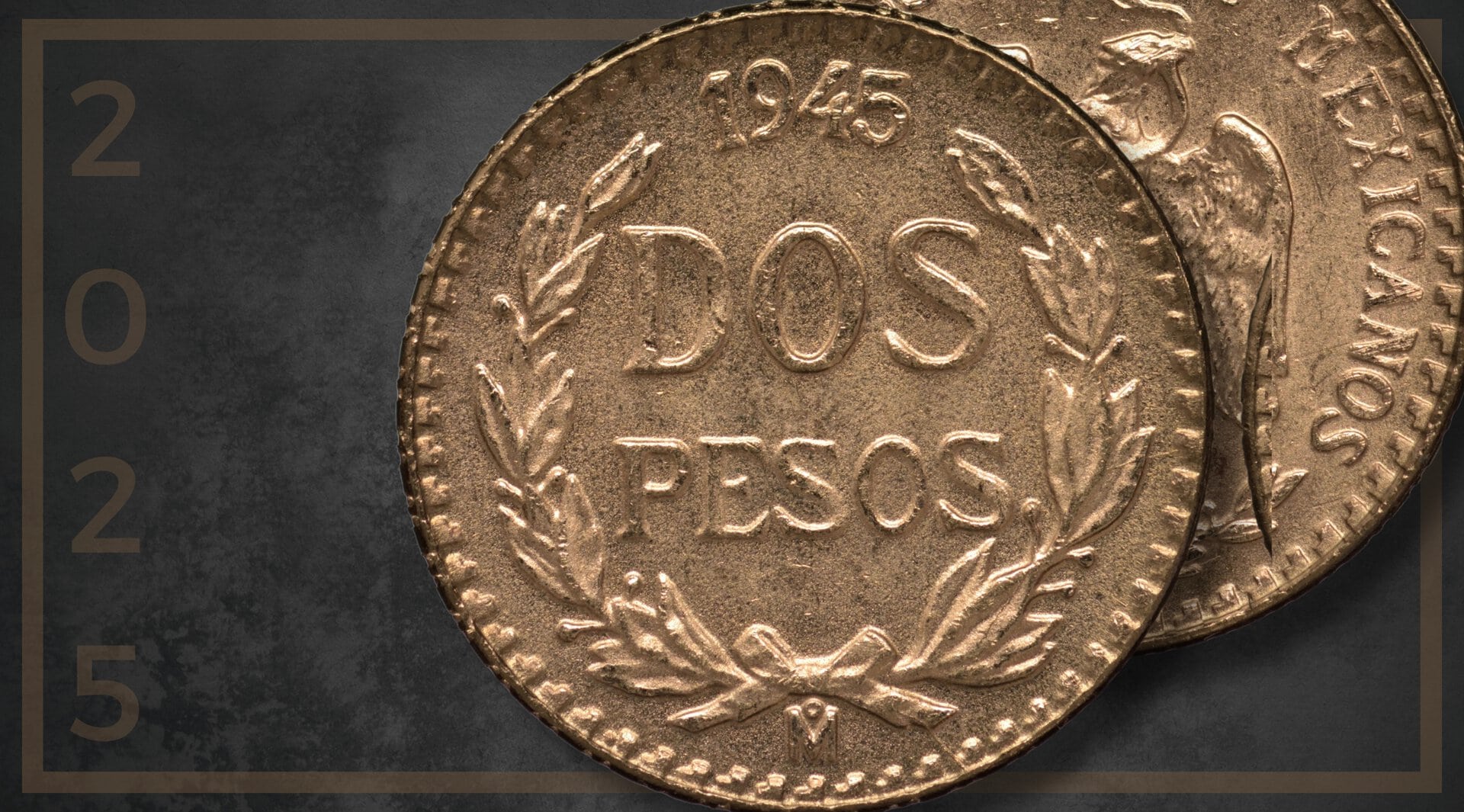




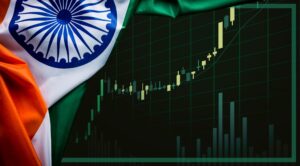

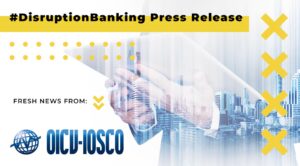

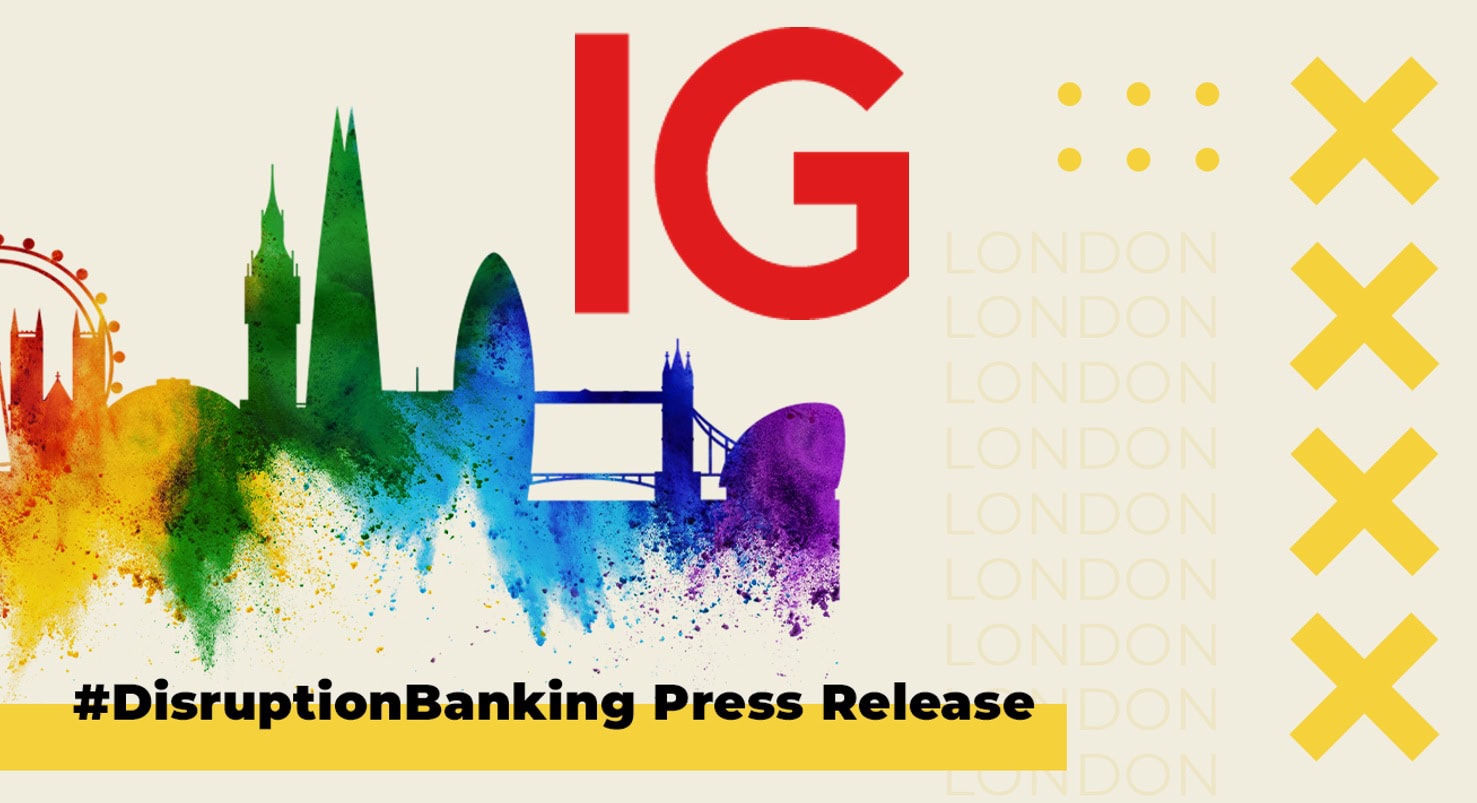
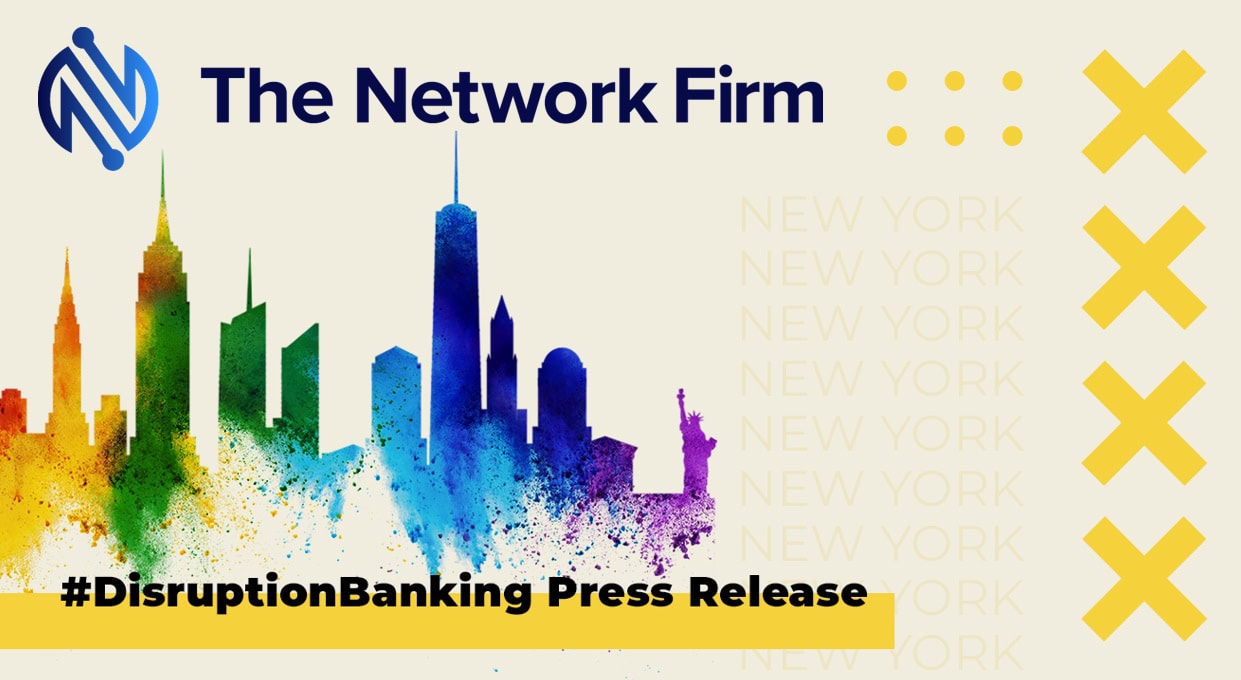

One Response